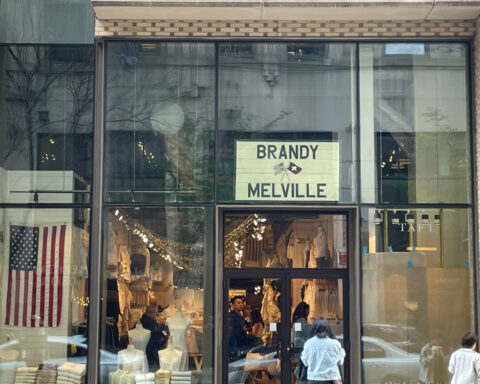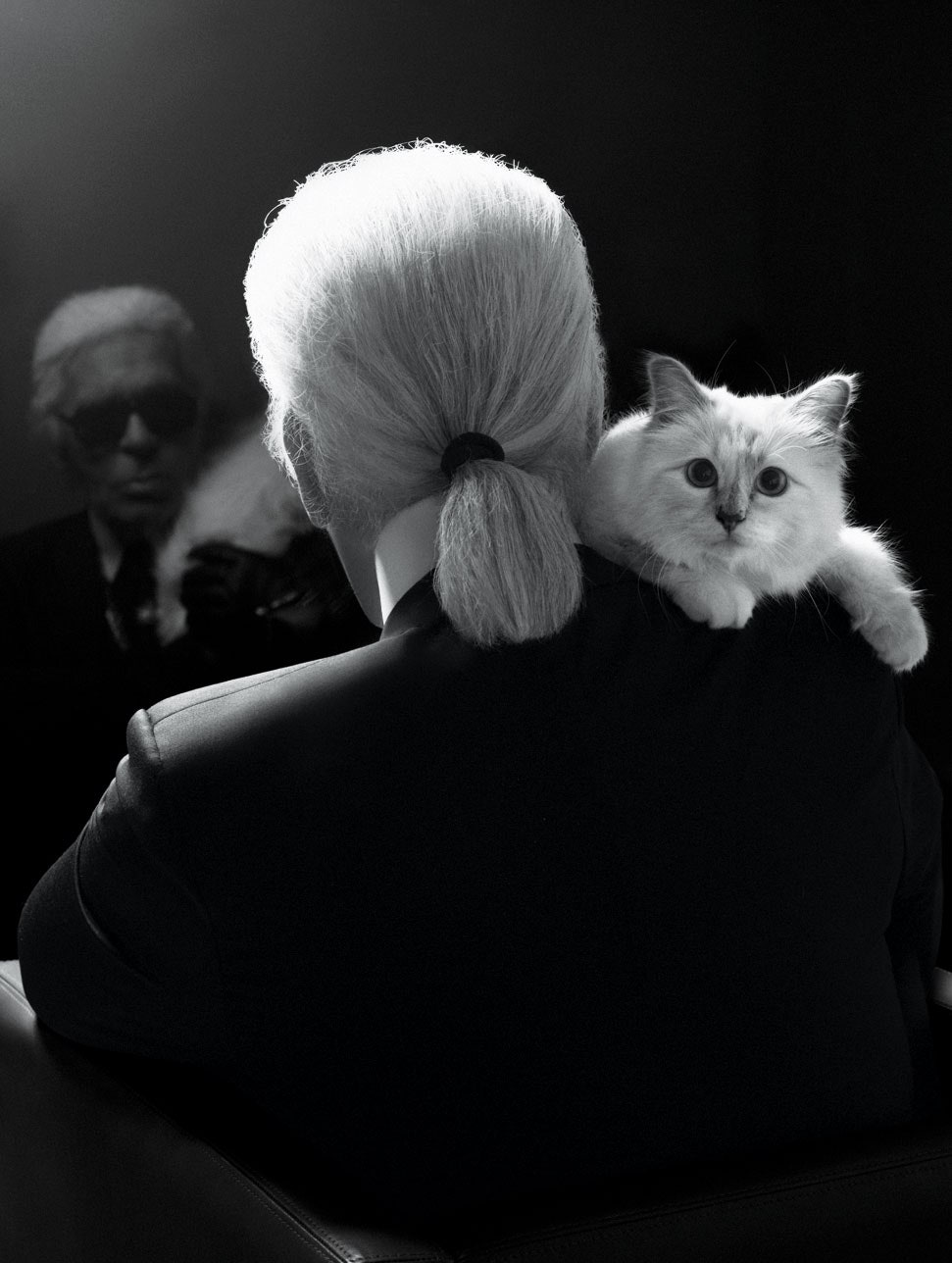
Allow us to clarify. There is no fashion sustainability certifications system, and that needs to change.
After spending numerous hours completing research for the first couple of resources that Manic Metallic released on The Sustainability Wing (those resources can be found here and here), it is clear that there is no uniform standard for getting the fashion industry up to speed with regards to sustainability measures. Not only is there no uniform standard, but there are seemingly hundreds of certifications to choose from to build sustainable “street cred” for one’s brand.
In our most recent Sustainability Wing resource, we covered 28 of them – and there arose a feeling that the way that fashion operates at present with relation to these certification standards will not ultimately yield results for the environment – and for the world at large. The current approach is exceedingly piecemeal. It’s akin to being either a Boy or Girl Scout and collecting badges to give the appearance that you are doing the right thing by the environment. Though many designers are attempting to act honorably, the system of sustainability certifications needs to be streamlined if we are to have any effect as an industry at doing our part to stem climate change.
We have a couple of ideas that we believe could be implemented in order to bring more of a sense of cohesion to fashion’s efforts to be better green-friendly citizens:

There needs to be a concrete set of standards to which brands can adhere.
For that to happen, more widespread international cooperation would be a wonderful first step. The international community needs to create a set of sustainability standards – and a vigorous means of enforcing those standards in all jurisdictions. We have bodies that are tailor-made for these types of agreements already; the United Nations could be one of the participatory parties that preside over these standards. Specifically, the UN Alliance For Sustainable Fashion is already working to use fashion as a driver to implement its Sustainable Development Goals. The UN Fashion Alliance’s role could be expanded to include oversight of fashion sustainability certification standards.
We also need, as previously alluded to above, consequences with teeth for those that do not adhere to these standards. While the experiment of allowing the fashion industry to police itself was nice for a time, it must come to an end in order to make progress in creating a healthier environment. While there are so many fashion companies trying to do good things, there are too many bad actors to allow this self-oversight to continue. This is where government intervention in each country could come in handy. Under this prospective scenario where there is an international body overseeing fashion sustainability certifications, each country would create an agency within its own borders that would ensure compliance – and would work with the international organization to ensure that the correct standards are being met.

Creating a concrete set of standards to which fashion brands can adhere helps them greatly as well. For fashion companies that are attempting to do the right thing, having to keep up with too many different regulations and certifications eats up valuable time that could be spent making quality creative work. That burden needs to be removed from their backs by the creation of a set of efficient certification standards that are straightforward and act as a unified system to help the fashion industry to become more sustainable.
And, while fashion companies should be allowed input, they should not be the creators of these standards in order to avoid conflicts of interest. Additionally, it should be added that current sustainability certifications that exist would not necessarily disappear under a more unified system. To the contrary, these certifications would still have a wide role to play. Having an international body to oversee the fashion industry sustainability certification process would be a primary goal, and that would likely include collaborating with existing certifying bodies to an extent while simultaneously creating its own structured system.

What To Do About Smaller Brands That Cannot Afford Compliance
A system like the one mentioned above will work, but that leaves one glaring issue: one of cost. Many of the current sustainability certifications cost money to obtain – and if more than one has to be obtained, then compliance can become cost-prohibitive for smaller brands. They need to receive help with the certification process, while still being required to uphold the same standards as everyone else in the fashion industry. There are a few ways that this help could be brought about:
1. Make compliance free for everyone, so that the cost burden is removed altogether
2. Create a sliding scale for costs, similar to what B Corp does
3. Have a fund devoted to paying the costs of required certifications for smaller companies
Option 1 would seemingly be the easiest choice, but then how would compliance officers – and others working within the proposed certification process – get paid? Costs removed from the balance sheets of small fashion brands would have to be assessed somewhere along the line. Option 2 seems like the fairest, then, because everyone would pay based on revenue – which means that it’d be an amount affordable for each individual company’s circumstances. Option 3 would see a certain amount being set aside by either national governments or the international body presiding over the certification process to subsidize compliance amounts for smaller fashion companies. This is also a fair option; however, that means that national governments would have to set aside this money – and not all countries would have the ability to do this.
The above ideas, of course, are only a start. Further, it would take tight cooperation between governments, international organizations, and the wider fashion industry in order for it to work. This level of cooperation, while not unprecedented, would take a high level of planning to bring all involved parties to the table. For the sake of advancing fashion’s role in sustainability, it is well worth it to try.
To subscribe to Manic Metallic‘s Substack newsletter, click here. To follow us on Bluesky, click here.




